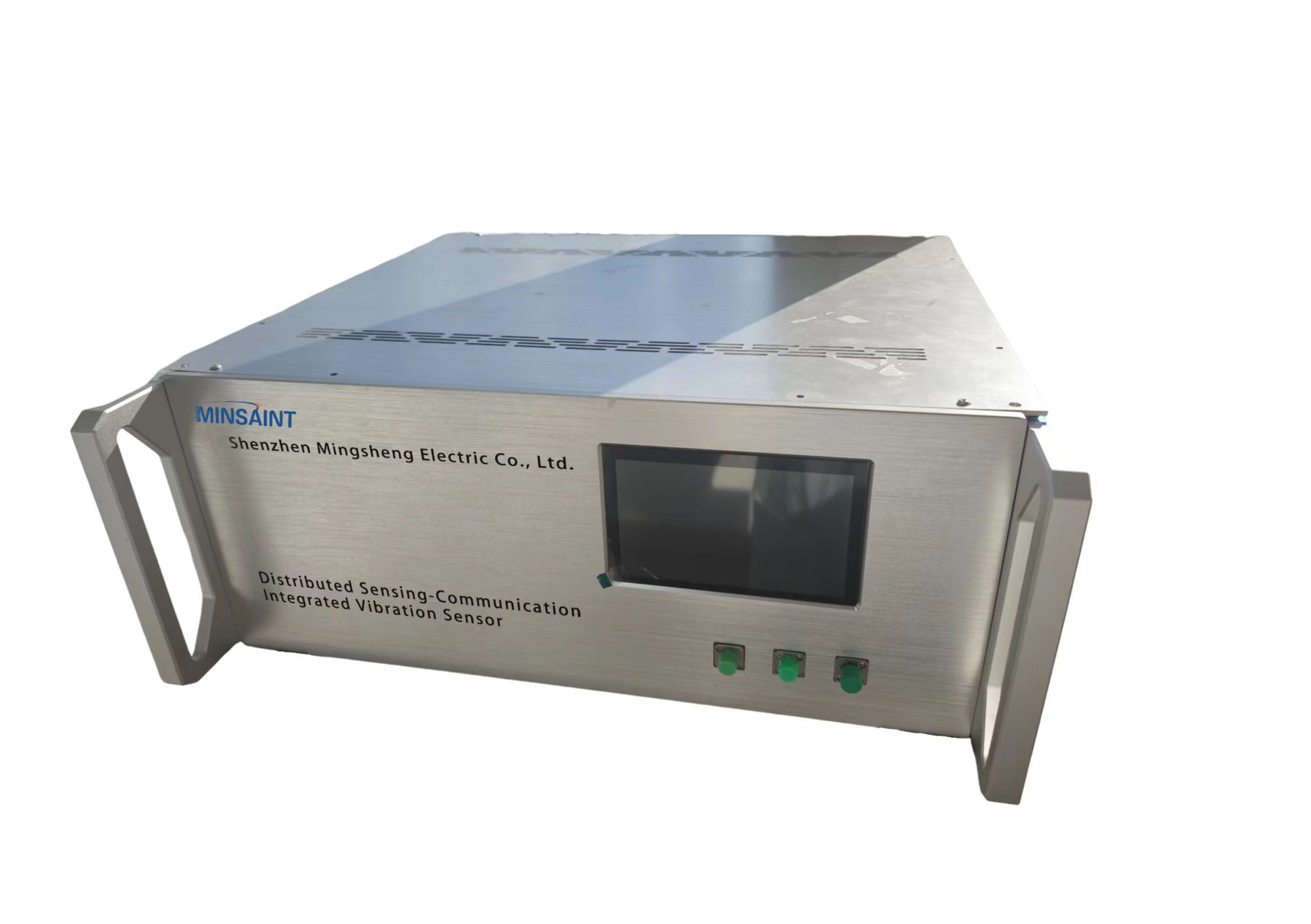When rainwater finds its way into our homes, it can be a frustrating and concerning issue. One common problem that homeowners face is a wet ceiling during rainfall. In this blog post, we will explore the various reasons behind this phenomenon and provide practical solutions to prevent and address it. By understanding the causes, you can take appropriate measures to protect your home and maintain a dry and comfortable living environment.
- Roofing Issues:
One of the primary reasons for a wet ceiling during rain is roofing problems. If your roof has missing or damaged shingles, cracks, or leaks, rainwater can seep through and accumulate in the ceiling. It is crucial to regularly inspect and maintain your roof to identify and address any issues promptly. Hiring a professional roofer to conduct regular inspections and repairs can help prevent water infiltration and subsequent ceiling moisture. - Poor Ventilation:
Inadequate ventilation in your home can contribute to ceiling moisture during rainfall. When warm, moist air from activities like cooking, showering, or drying clothes cannot escape properly, it can condense on the ceiling surface. This condensation can lead to dampness and eventually result in a wet ceiling during rain. Installing proper ventilation systems, such as exhaust fans or opening windows, can help remove excess moisture and prevent condensation. - Plumbing Leaks:
Another potential cause of a wet ceiling during rainfall is plumbing leaks. Pipes running through the ceiling or walls can develop leaks over time, allowing water to seep into the ceiling during rain. Regularly inspecting your plumbing system, fixing any leaks promptly, and ensuring proper insulation around pipes can help prevent water damage to your ceiling. - Poor Insulation:
Insufficient insulation in your home can also contribute to a wet ceiling during rainfall. When warm air inside the house comes into contact with a cold ceiling surface, condensation can occur. This condensation can lead to moisture buildup and eventually result in a wet ceiling. Proper insulation, especially in the attic, can help regulate temperature and prevent condensation. - Structural Issues:
In some cases, structural issues within the building can cause a wet ceiling during rain. Cracks in the walls or foundation can allow rainwater to seep into the ceiling, leading to moisture problems. It is essential to address any structural issues promptly by consulting a professional contractor or engineer to prevent further damage and maintain a dry living space.
Conclusion:
A wet ceiling during rainfall can be a sign of underlying issues that require attention. By understanding the causes mentioned above, you can take proactive measures to prevent and address this problem. Regular maintenance, proper ventilation, insulation, and addressing any roofing or plumbing issues are key to maintaining a dry and comfortable home. Remember, if you are unsure about the cause or unable to resolve the issue yourself, it is always recommended to seek professional assistance to ensure the safety and integrity of your home.



More Stories
5 Signs It's Time to Upgrade or Replace Your Storage Shelving Units
Protecting Your Workspace with the Right Welding Blanket
Why Every Home Should Have a Fireproof Blanket